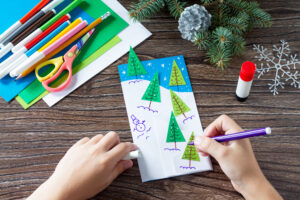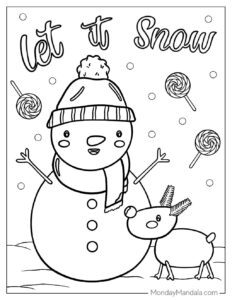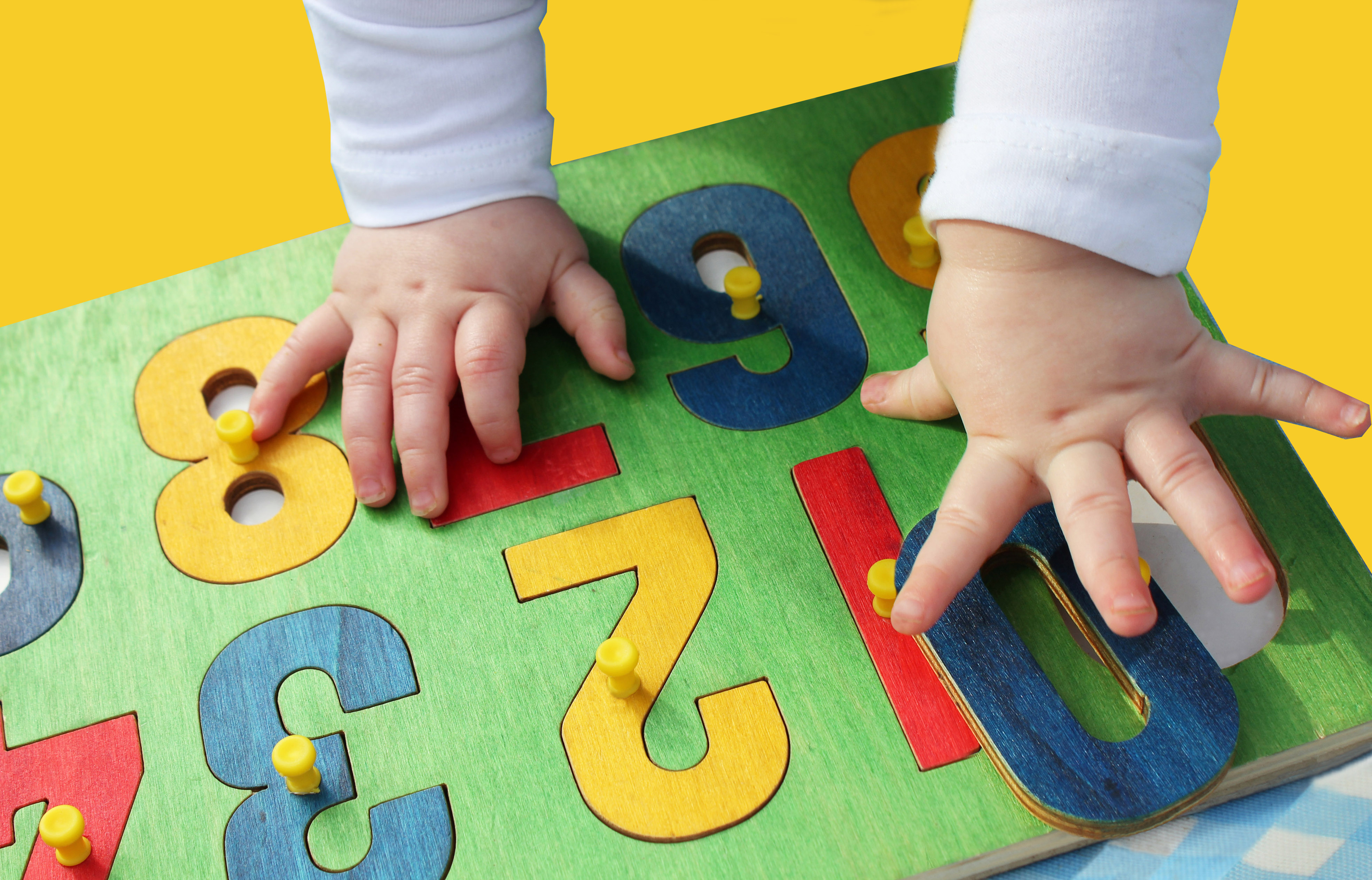As parents, we are constantly seeking new ways to navigate the challenging and ever-changing world of parenting. And when it comes to toddlers, their boundless energy and curious minds can leave us feeling both amazed and exhausted. That’s why today, we’re here to unlock the secrets of innovative parenting tips specifically tailored for those adorable little bundles of joy.Parenting toddlers is not for the faint of heart. It requires a delicate balance of patience, creativity, and a dash of magic. In this blog post, we’ll explore a treasure trove of insights and techniques aimed at making your parenting journey smoother and more fulfilling.But wait, before you dismiss this as just another run-of-the-mill parenting advice post, let us assure you that these tips go beyond the generic recommendations you’ve likely encountered before. We’re diving deep into the realm of innovation, embracing fresh perspectives and out-of-the-box thinking to address the unique challenges that come with raising toddlers.From the power of storytelling to harnessing the benefits of music and movement, we’ll provide you with practical strategies to engage your little ones, promote their healthy development, and create a harmonious environment at home. By incorporating these innovative parenting tips into your daily routine, you’ll not only experience a stronger bond with your toddler but also witness their growth and blossoming personalities firsthand.So, if you’re ready to unlock the secrets and embark on an exciting parenting adventure, join us as we delve into the world of innovative parenting tips for toddlers. Get ready to discover new ways to nurture, guide, and cherish these precious years of their lives. Your journey starts here.
The Power of Play: Making Learning Fun
When it comes to parenting toddlers, one effective approach is to make learning fun through play. By incorporating play into their daily activities, parents can create a stimulating and engaging environment for their children. This not only helps in developing their cognitive and motor skills but also fosters a love for learning. Whether it’s playing educational games, using interactive toys, or engaging in hands-on activities, the power of play can unlock the secrets of effective parenting for toddlers. So, embrace the joy of play and watch your child thrive as they learn and grow.
The Magic of Storytelling: Igniting Imagination
Stories have a unique power to captivate young minds and ignite their imagination. When it comes to parenting toddlers, storytelling can be a magical tool. Sharing stories with your little ones not only entertains them but also helps in their cognitive development. Through storytelling, children learn about emotions, problem-solving, and different perspectives. It stimulates their creativity and enhances their language skills. So, make storytelling a part of your parenting routine and watch as your toddler’s imagination takes flight.
Nurturing Creativity: Art and Craft for Toddlers
Nurturing creativity in toddlers is essential for their overall development. Art and craft activities provide an excellent platform to unleash their creativity. Engaging toddlers in activities like finger painting, clay modeling, and collage-making stimulates their imagination and fine motor skills. Parents can provide age-appropriate art supplies and encourage their toddlers to explore and experiment with different materials. These activities not only enhance their cognitive abilities but also promote self-expression and boost self-confidence. To nurture creativity in toddlers, it is important for parents to create a safe and supportive environment where they can freely express themselves through art and craft.
Music and Movement: Tapping into Energetic Souls
Music and movement can be a powerful tool when it comes to engaging and energizing toddlers. By incorporating music into their daily routines, parents can tap into their children’s energetic souls and promote their overall development. Whether it’s dancing to their favorite tunes or playing musical instruments, music provides a multi-sensory experience that stimulates their cognitive, physical, and emotional growth. Moreover, it fosters creativity, improves coordination, and enhances their language skills. So, parents, seize the opportunity to unlock the secrets of innovative parenting by embracing music and movement as a fun and effective way to connect with and nurture your little ones.
Embracing Technology: Balancing Screen Time
In today’s digital age, finding the right balance between embracing technology and managing screen time is crucial for parents of toddlers. While technology offers numerous benefits for early childhood development, excessive screen time can have negative effects. To strike a healthy balance, consider implementing innovative parenting tips. Engage in interactive screen time activities that promote learning and social interaction. Set clear boundaries and establish screen-free zones or times, encouraging alternative activities such as outdoor play, reading, and imaginative play. By embracing technology mindfully and incorporating a variety of activities, parents can ensure their toddlers’ healthy development while still benefiting from the advantages of technology.
The Importance of Routine: Creating a Sense of Security
Creating a sense of security through routine is crucial for toddlers. By establishing a consistent daily schedule, parents can provide a stable environment that helps children feel safe and confident. Routine instills a sense of predictability, which reduces anxiety and promotes healthy development. From morning rituals to bedtime routines, every aspect of a toddler’s day can be structured to provide a sense of security. This could include regular mealtimes, playtime, and nap schedules. Additionally, incorporating familiar activities and rituals into the routine helps toddlers understand what to expect, further enhancing their sense of security.
Building Healthy Habits: Nutrition and Sleep
Building healthy habits is crucial for toddlers, and two key areas to focus on are nutrition and sleep. Proper nutrition is essential for their growth and development, ensuring they receive all the necessary nutrients. Introducing a variety of healthy foods, such as fruits, vegetables, and whole grains, can help establish good eating habits. Additionally, ensuring toddlers get enough sleep is vital for their overall well-being. Establishing a consistent bedtime routine and creating a calm sleep environment can promote better sleep habits. By prioritizing nutrition and sleep, parents can lay the foundation for healthy habits that will benefit their toddlers in the long run.
The Power of Connection: Strengthening Parent-Child Bond
When it comes to parenting toddlers, establishing a strong connection with your child is crucial. The power of connection helps in nurturing a healthy parent-child bond that lasts a lifetime. By focusing on building this bond, parents can create a safe and loving environment for their toddlers to grow and thrive. Through active listening, engaging in meaningful playtime, and showing consistent love and support, parents can strengthen their connection with their little ones. This connection lays the foundation for effective communication, trust, and emotional well-being, enabling parents to navigate the challenges of parenting with confidence and grace. So, prioritize connection and witness the positive impact it has on your parenting journey.
Cultivating Independence: Encouraging Exploration
Cultivating independence in toddlers is crucial for their development. Encouraging exploration allows them to learn and grow. As parents, we can foster independence by providing a safe and stimulating environment. Allow toddlers to make choices and decisions, even if it means a little mess. Offer age-appropriate toys and activities that promote problem-solving and decision-making skills. Provide opportunities for self-care tasks like dressing themselves or feeding. Praise their efforts and celebrate their achievements, no matter how small. By nurturing independence, we empower our toddlers to become confident and capable individuals.
Conclusion: Embracing the Adventure of Parenting
Embracing the adventure of parenting can be both exciting and challenging. When it comes to toddlers, innovative parenting tips can help make the journey smoother. Toddlers are full of energy and curiosity, so it’s important to create a safe and stimulating environment for them to explore. Setting a routine can provide structure and stability, while incorporating playtime and learning activities can keep them engaged. Effective communication and positive reinforcement are key in teaching toddlers important values and behaviors. Remember to be patient and flexible, as each child is unique and may require different approaches. By embracing the adventure of parenting and utilizing innovative tips, you can create a nurturing and fulfilling experience for both you and your toddler.
















